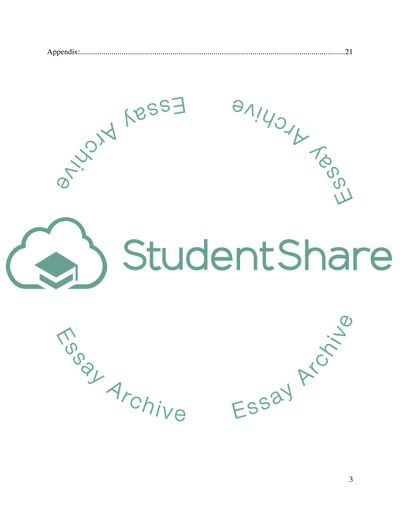Cite this document
(“Destination marketing strategy- patagonia Essay - 1”, n.d.)
Destination marketing strategy- patagonia Essay - 1. Retrieved from https://studentshare.org/marketing/1693827-destination-marketing-strategy-patagonia
Destination marketing strategy- patagonia Essay - 1. Retrieved from https://studentshare.org/marketing/1693827-destination-marketing-strategy-patagonia
(Destination Marketing Strategy- Patagonia Essay - 1)
Destination Marketing Strategy- Patagonia Essay - 1. https://studentshare.org/marketing/1693827-destination-marketing-strategy-patagonia.
Destination Marketing Strategy- Patagonia Essay - 1. https://studentshare.org/marketing/1693827-destination-marketing-strategy-patagonia.
“Destination Marketing Strategy- Patagonia Essay - 1”, n.d. https://studentshare.org/marketing/1693827-destination-marketing-strategy-patagonia.


